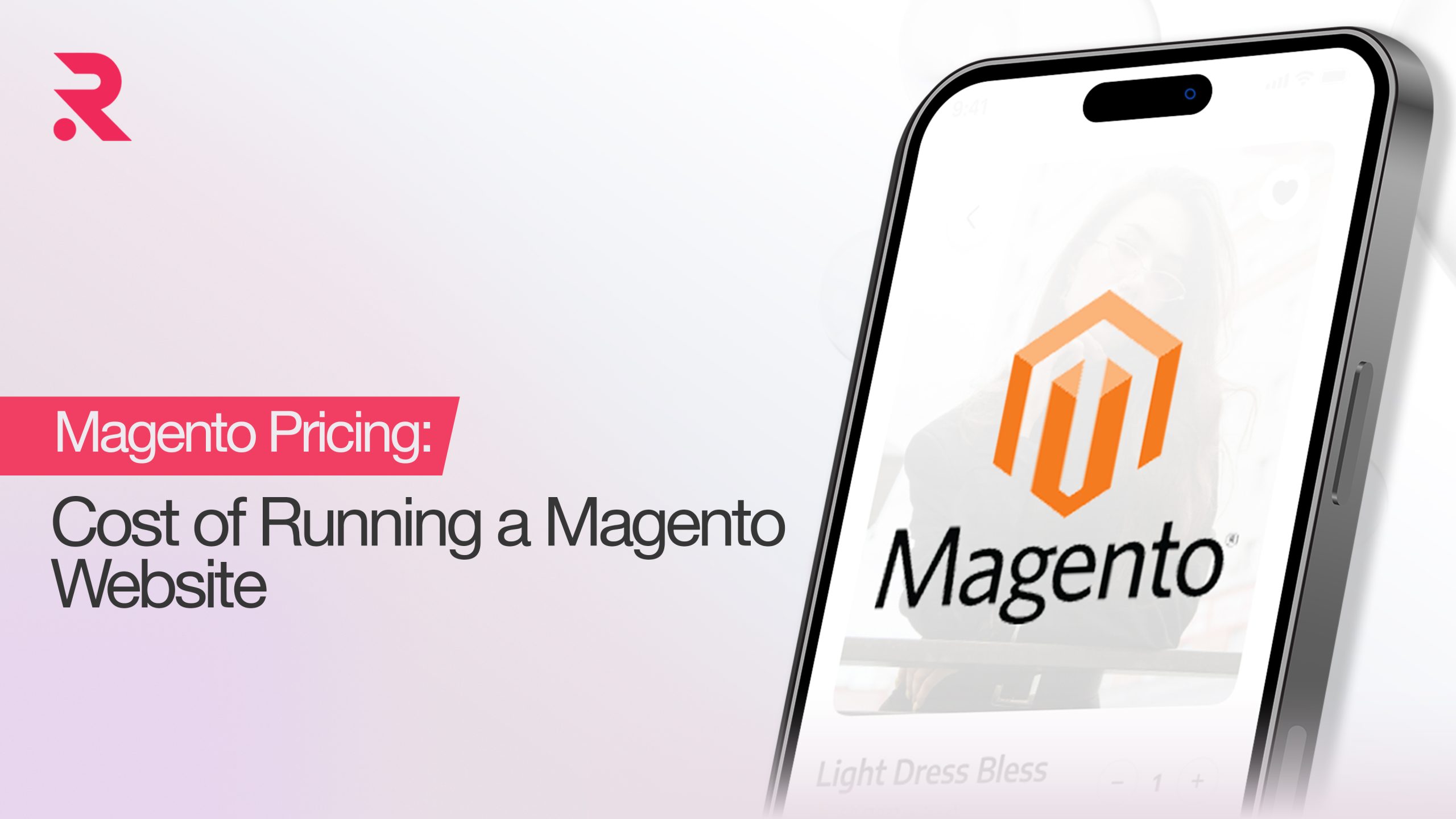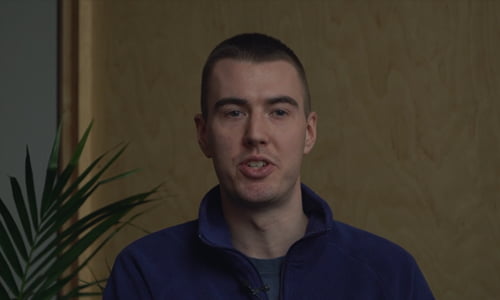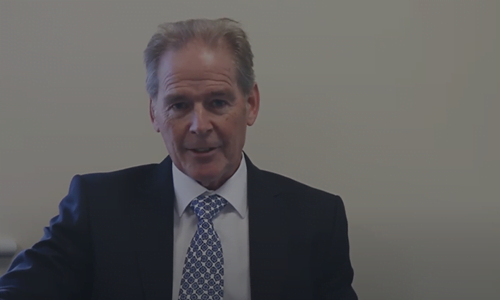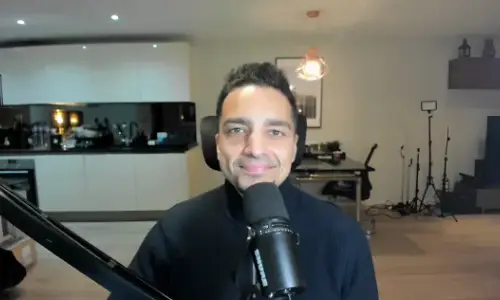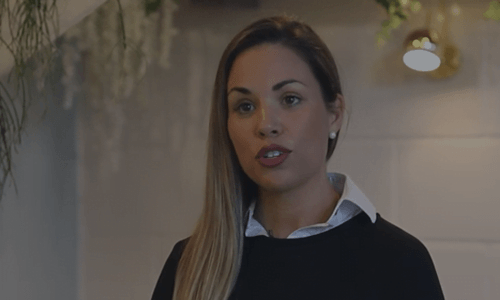Maximizing Google Ads Performance: Smart Tactics for Higher Conversions
Sick of getting hard numbers from your Google Ads? It’s not all click it’s about doing smart, strategic things that actually deliver high-value conversions. In today’s hyper-competitive digital environment, easy setup just won’t cut it. From creating ad copy that stops the scroll to leveraging AI-powered bidding techniques and landing page optimization, this cheat sheet reveals the tried-and-true ways effective marketers ensure every cent of ad spend becomes serious ROI. Ready to optimize and maximize every click?
- May 20, 2025
- by Tarun
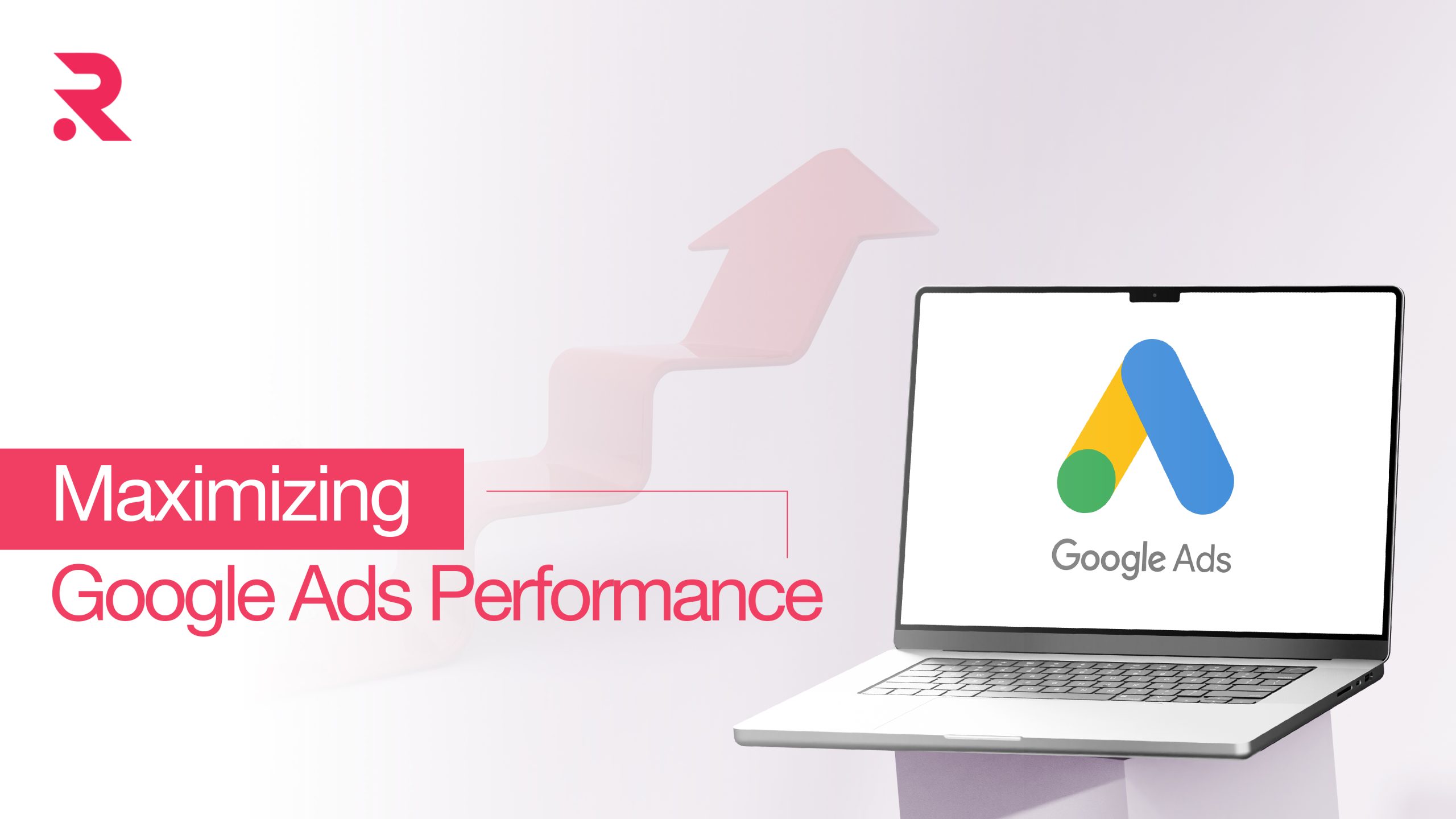
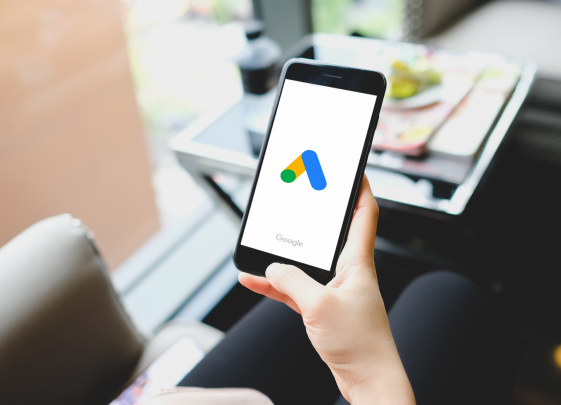
Your Ad Spend Isn't Vanishing Without a Trail
Each non-converting click is not only a missed opportunity, but also money wasted. And in the B2B environment, where customer acquisition is so much more costly and the buying process so much longer and more involved, each attempt to optimize your Google Ads campaigns isn’t a nice-to-have it’s a need-to-have.
This post outlines a complete, actionable strategy to dramatically improve your Google Ads performance through good copywriting for ads, accurate targeting, intelligent bid strategies, and methodical experimentation. Based on real-world data, behavioral truths, and execution best practices, these methods are engineered to have your ad budget drive measurable, predictable business outcomes, not impressions.
Writing Good Ad Copy and Working with Assets
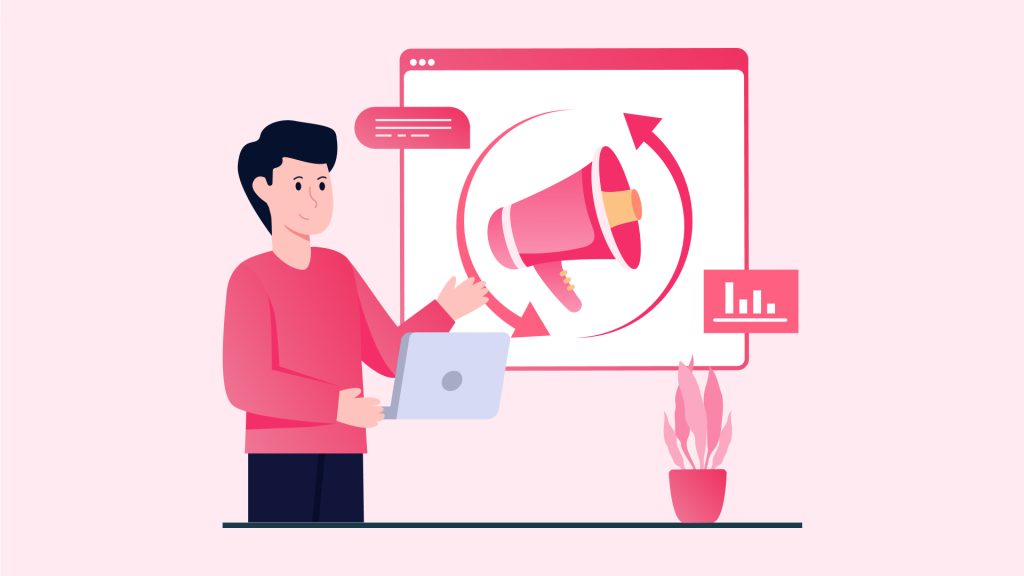
Your ad copy is your online elevator pitch. With the shorter character limit, you have to blow them away instantly. It’s your once-and-oftentimes-only chance to grab a potential client’s attention, convey your value proposition, and inspire meaningful action.
Key Ingredients of a Strong Ad Copy
- Highlight Benefits, Not Features: Value first. Don’t list technical specifications or product features like “CRM software with analytics” before talking about outcomes “Close Deals 2x Faster and Track Leads.” Results are what lead prospects to conclude your product is for them.
- Dramatic Calls-to-Action (CTAs): Use bold, action-oriented copy that makes the user take action. Verbs such as “Get a Demo,” “Begin Free Trial,” or “Download Whitepaper” give direction and a sense of urgency. CTAs must be in harmony with your user’s intent to search and stage inside the funnel.
- Use Relevance Keywords: Tie your message to what your users are searching for today. Correct keywords use not only boosts your quality score but also exposes your ads to users ready to buy, enhancing both visibility and conversions.
Make Your Ads Stand Out with Assets (Extensions):
Assets which were once ad extensions extend your ad beyond the search engine results page. They give the user additional touchpoints, additional context, and eventually additional reasons to click.
- Sitelinks: These direct users to specific landing pages such as “Pricing,” “Case Studies,” or “Book Demo” so that they serve to match the ad experience to the user journey stage.
- Call Assets: Best suited for service or sales-based campaigns, allowing users to call your team directly, enhancing lead quality and shortening the sales cycle.
- Location Assets: Best suited for B2B companies with local offices or physical service branches. They generate high-intent local business leads who value local partnerships.
Banners that take advantage of all available assets can increase CTR by up to 20%, Google reporting has indicated. They are looked at more, served in more context, and they generate engagement short, in other words, for advertisers wanting to get performance to its full potential.
Ad Testing and Experimentation
Ad copy and design are not one-and-done. What works today will be thankful tomorrow. Good advertisers know testing is not a choice, it’s necessary. By experimenting regularly, you figure out what is performed with which headlines, descriptions, and visual treatments.
A/B Testing Best Practices:
- Alter One Variable at a Time: Whether it’s a headline, call-to-action, or display URL, test one change at a time to identify what affects performance. Testing multiple variables at the same time obscures results.
- Run Ads at the Same Time: To make proper comparisons, run your variations during the same periods of time. This removes external influences such as seasonality or time-based traffic fluctuations from skewing your data.
- Wait for Statistical Significance: Don’t declare a winner prematurely. Run your ads for long enough to collect significant data that indicates one version consistently dominating the other.
Example: A B2B SaaS company experimented with “All-in-One HR Software” and “Automate Payroll, Hiring & Onboarding.” The second one, focusing on accurate use cases, achieved a 27% conversion lift demonstrating specificity over generality.
Continued experimentation not only improves performance, but it also eliminates guesswork and makes you the expert of what’s driving your campaign performance.
Optimizing Bidding Strategies
Bidding is where automation meets strategy. It’s the game of balancing costs while maximizing outcomes. Optimized bidding strategies enable you to pay less for high-value conversions, particularly crucial in the B2B environment where every lead matters.
Maximize Conversions Strategy
- Without Target CPA: Google machine learning spends your entire budget to achieve as many conversions as possible, regardless of the cost per conversion.
- With Target CPA: You define the target average price you want to pay per conversion, and Google manages your bids to reach that goal. It works best for B2B campaigns with lower-cost, higher-priced leads. Target CPA bidding will be more apt to deliver more stable ROI for most B2B brands, where lead quality and lifetime value are more valuable than raw volume.
- Take advantage of Auction-Time Bidding: Take advantage of Google’s capacity to make adjustments in real-time bidding based on contextual signals such as user device, location, search intent, and time of day. This allows you to bid smarter not harder.
Let the complexity of bidding fall to AI and concentrate on strategy and creative optimization.
Take advantage of Performance Max Campaigns
Performance Max campaigns enable advertisers to target prospects on all of Google’s platforms Search, YouTube, Display, Discover, Gmail, and Maps within a single campaign. It’s a great means to structure account planning and increase reach.
Best Practices for Performance Max:
- Set Concrete Conversion Targets: Whether it is lead generation, form fills, or product purchases, set your conversion actions prior to campaign optimization to optimize the campaign.
- New Customer Acquisition: Use audience signals and specific bid targets so you can optimize new leads and not repeat traffic. This way, you can grow your customers without eating into current ones.
- Use Value-Based Bidding: Not all conversions are created equal. Place different value on every class of conversion than revenue potential (demo request vs. sign-up for a newsletter). This helps to budget for high-influence actions.
Regular customers of Performance Max see 18% more conversions at the same CPA. AI manages cross-channel placement and delivery while your task is to input high-quality assets and concise messaging. Think of it as having a co-pilot not an autonomous product
Audience Targeting Strategies
The quickest way to burn through your ad spend is to chase the wrong audience. For B2B marketers alone, targeted reaching guarantees your message is delivered to actual decision-makers not window buyers or ineffective segments.
Targeting Options That Get Results:
- In-Market Audiences: They’re buyers purchasing stuff or services similar to yours. Google specifies purchase intent through observing browsing habits placing these users at higher odds of conversion.
- Custom Segments: Create audiences based on specific searches, URLs, or app actions. Then message users already interested in competitor sites or similar tools.
- Customer Match: Upload your CRM list to reconnect with past customers or discover lookalike audiences. Great for upselling, cross-selling, or steering long B2B sales cycles.
- Remarketing: Retarget non-converted past visitors. Send nudge messages to action case studies, free trials, or demos.
Pro Tip: Exclude groups that won’t have the purchasing power or decision-making functions in a B2B context using demographic exclusions (gender, age, household income).
Need help with generating High Targeted leads and website Traffic with PPC/ Google Ads?
Our Experts Can Help!
Landing Page Optimization for Conversion
Getting people to click and convert is step one. Where visitors land pushes them back or bounce them off.
Elements to High-Converting Landing Pages
- Page Speed: Your page must load in less than 3 seconds. Every extra second of load lowers conversions by as much as 7%.
- Content Consistency: Ensure your headline and CTA on your landing page match the ad copy. Disconnecting leads to confusion and abandonment.
- Targeted Design: Eliminate navigation or links that are not needed. The aim here is to stay on the page, not get lost roaming.
- Visible CTA: Employ a clear, benefit-oriented CTA that evokes urgency (e.g., “Download Your Free Guide Now”).
Example: If your ad guarantees “Get Your Free eBook,” your landing page headline should duplicate that offer clearly not start with a generic product offer.
Landing pages must direct users to take only one action and not confuse them with choices.
Conversion Tracking & Attribution Setup
You can’t improve what you don’t track. Accurate conversion tracking gives you visibility to measure, scale, and justify ad spend.
Conversion Tracking Must-Haves
- Google Tag Manager (GTM): Streamline tag deployment without ever needing to touch the site codebase. It’s your one place to control Google Ads, GA4, and other tracking tags.
- Improved Conversions: Scavenge for hashed first-party data such as email address or phone numbers to measure conversions more accurately particularly with third-party cookie updates.
- Attribution Models: Use data-driven attribution to share credit proportionally across all touchpoints along the user journey. Retire last-click model for greater accuracy.
- Offline Conversion Tracking: Sync your CRM to bring offline actions (e.g., calls or demos) back into Google Ads. This is essential for B2B sales cycles started online but completed offline.
Bonus Tip: Utilize the “Conversions by Time” report to see the disparity between click and conversion. It’s usually bigger in B2B tune retargeting windows appropriately.
Need Reliable google ads partner to help grow your Business?
Looking for more? We Can Help!
Strategic Negative Keywords
Negative keywords are your best insurance of ad spend. They filter out waste clicks and leave your brand on high-intent searches.
Examples by Industry:
| Industry | Keywords to Exclude |
| Finance | “free calculator”, “DIY tax filing” |
| SaaS | “open source”, “free download” |
| eCommerce | “cheap”, “discount”, “knockoff” |
For B2B, negatives like broad match “how to” or “free” eliminate researchers, students, or low-intent buyers.
Every so often look at your Search Terms Report for discovery and elimination of bad search queries. Your ROI relies on it.
Budget Scalable and Splitting Strategies
Escalating your campaigns is critical but uncontrolled scalping will burn the budget with minimal returns.
Genius Budget Strategies:
- Campaign Budget Optimiser (CBO): Allow Google to automatically budget to top-performing ad groups or audiences.
- 80/20 Split: Invest 80% of your budget on proven performers, and 20% to test with new keywords, creatives, or audiences. That’s how you innovate without jeopardizing stability.
- Geo Bid Modifiers: Bid more in areas with higher conversion. You may be more competitive in particular states or cities.
- Dayparting: Target only weekdays when B2B decision-makers are most active and responsive.
- Scaling Tip: Avoid budget jumping. Scale spends slowly 10–20% every 3–5 days to avoid resetting learning stage and campaign performance.
Automation vs. Manual Control
Google Ads provides strong automation but don’t think manual controls are a thing of the past. Best results come through using both together.
When to Use Automation
- After they reach 30+ conversions/month, Google’s algorithm will have enough data to optimize.
- For broad campaigns with big audiences.
Where Manual Bidding Excels:
- In niche markets where AI doesn’t have context-based data.
- When doing A/B testing or needing strict budget control on specific terms.
Utilize Automated Rules for Hybrid Control:
- Block keywords with CTR < 1% after 1,000 impressions.
- Raise bids by 15% for keywords with good conversion performance.
Automation should supplement human strategy does not substitute it. Always review and optimize your automated choices.
Industry Benchmarks & Real-World Example
Understanding how your campaigns stack up against industry averages helps contextualize your performance and set realistic goals.
Benchmarks (Search Network – B2B):
- Average CTR: 3.17%
- Average CPC: $3.33
- Average Conversion Rate: 3.75%
Real-World Case Study:
A B2B technology company organized its Google Ads account on audience segmentation, personalized landing pages matching, and headline A/B testing. In 60 days:
- 29% CTR increase
- 22% reduction in cost-per-lead
Systematically planned structure, on-target targeting, and creative experimenting are what realize concrete gains.
Bonus Tools & Chrome Extensions
Those time-saving productivity tools, knowledge-delivering tools, and work-load-saving tools are:
- Google Ads Editor: Make batch edits offline and upload quickly.
- Keyword Planner: Find new keyword opportunity and estimate cost-per-click projections.
- Ad Preview & Diagnosis Tool: See ad visibility without affecting impressions or CTR.
- Uber suggest / SEMrush: See competitor campaigns, find keyword gaps, and see backlink opportunities.
- Keywords Everywhere (Chrome Extension): See keyword volume and CPC at a glance while surfing search results.
Conclusion
Google Ads victory is not for the biggest spender it’s for the greatest strategist.
If you test regularly, aim solidly, and are driven by the pursuit of optimization, you will outperform bigger budgets every time. For B2B companies, where every click is something tangible, this book is not only best practice, but this is also your formula for long-term growth.
Work these methods hard. Test your results. Learn. Adapt. Refine.
And if you’re feeling low on ideas or in need of a helping hand? Expert analysis may be the kick your campaigns require.
 Shopify
Shopify
